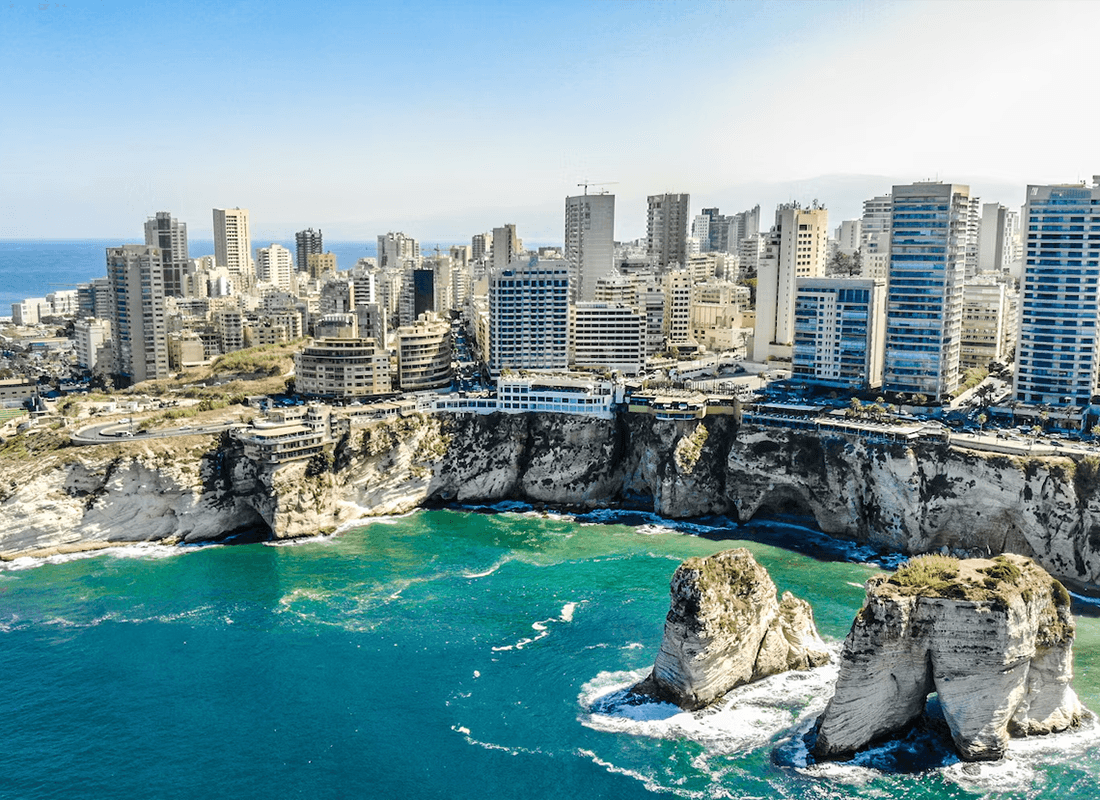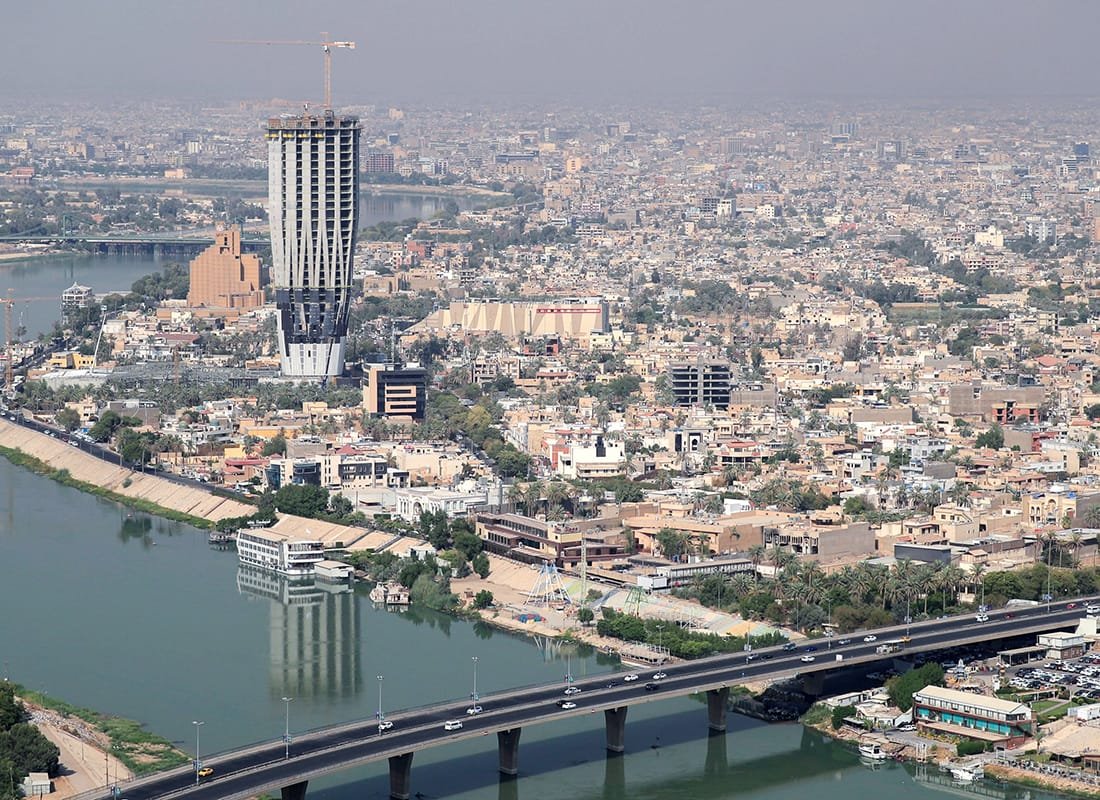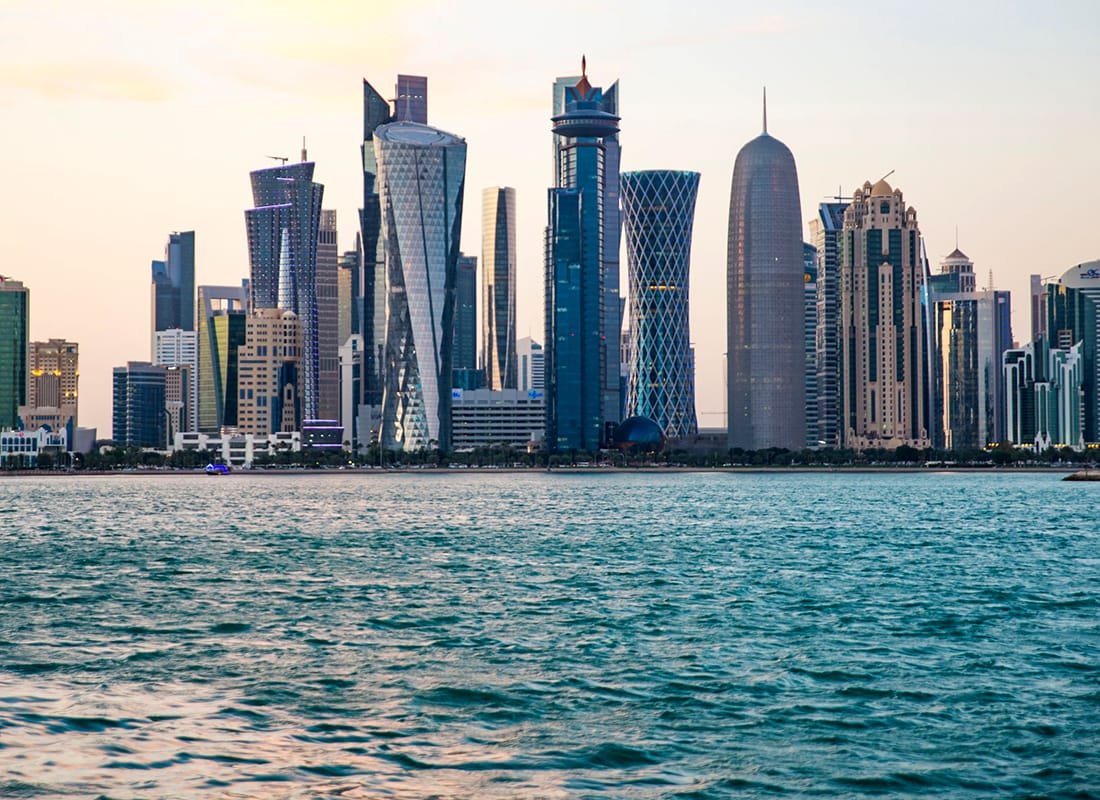Beirut, often hailed as the “Paris of the Middle East,” carries a legacy shaped by ancient civilizations, diverse cultural influences, and a modern zest for life. The city’s urban landscape reflects its storied past and its resilient character, standing as a living tapestry of art, architecture, and commerce. One of the most iconic neighborhoods in Beirut is Raouche (or Al-Raouche), famed for its stunning coastal rock formations and bustling seaside promenade. This article traces the roots of Beirut’s urban development and dives into the unique charm of Raouche—an area that continues to attract tourists and locals alike.
Though many appreciate Beirut for its vibrant nightlife and cosmopolitan flair, the city also boasts a profound historical depth. Because MDN (Mudon) values Beirut’s cultural richness, it has crafted limited 3D models of select landmarks and districts, offering a small-scale look at this dynamic metropolis. These pieces focus on distinctive sites that capture Beirut’s essence, from ancient ruins to modern waterfronts.
Ancient Roots and Modern Layers
Beirut’s history stretches back thousands of years, with evidence of Phoenician settlements along its Mediterranean shores. Over the centuries, the city fell under Roman, Byzantine, Arab, Ottoman, and French Mandate rule, each leaving its distinct imprint on local architecture and urban planning. Strolling through the older quarters of Beirut, you can still spot remnants of Roman columns and Ottoman-era buildings interspersed with contemporary high-rises and chic cafés.
This layering of influences has turned Beirut into a kaleidoscope of cultural expressions. From the rebuilt Downtown district—showcasing reconstructed heritage buildings and glimmering modern towers—to the narrow streets of Gemmayze lined with charming French Mandate façades, Beirut’s urban fabric is a testament to its ability to adapt and evolve. When creating a Beirut city model, focusing on smaller neighborhoods or significant landmarks ensures that each 3D piece remains faithful to the city’s multifaceted story.
The Significance of Raouche
Located on the western edge of Beirut’s coastline, Raouche is best known for its towering sea cliffs and the famed Pigeon Rocks—two enormous natural formations rising dramatically from the sea. These rocks have become symbolic of Beirut’s identity, frequently appearing in postcards, travel ads, and social media posts. The Raouche area also hosts a bustling corniche, inviting residents and visitors to stroll, jog, or simply enjoy the seaside view.
Historically, Raouche’s strategic coastal position made it a vantage point during various periods of occupation. Though less militarized today, it stands as a hub of recreation and leisure, reflecting the city’s shift from conflict to cultural renaissance. You’ll find cafés serving authentic Lebanese coffee, restaurants offering fresh seafood, and local vendors selling souvenirs that commemorate the iconic cliffs. For enthusiasts of urban miniatures, the rocky coastline of Raouche can be a fascinating subject—showcasing Beirut’s natural beauty alongside its evolving built environment.
War, Reconstruction, and Resilience
Beirut’s modern history is heavily marked by the Lebanese Civil War (1975–1990), which left substantial parts of the city in ruins. Post-war reconstruction efforts aimed to revive Beirut’s global standing, attracting investments that reshaped the city’s skyline. While neighborhoods like Downtown Beirut were extensively redeveloped, areas such as Raouche retained a blend of old and new—a reminder that progress does not necessarily erase the city’s collective memory.
Today, Beirut stands as an emblem of resilience, with communities working tirelessly to preserve their cultural identity while embracing modernization. From grassroots art initiatives to international business ventures, the city finds innovative ways to fuse its heritage with current trends. A Beirut city model reflecting Raouche or any other historic locale can serve as an educational tool, highlighting these transitions that define modern Beirut.
Cultural Fusion and Contemporary Life
One of the most appealing aspects of Beirut is its constant interplay of tradition and innovation. In Raouche, this balance is evident in the neighborhood’s architecture, with sleek apartment buildings coexisting alongside older structures that recall Beirut’s mid-20th-century glamour. Side streets reveal small bakeries offering mana’eesh (traditional Lebanese flatbread), while the main avenue hosts contemporary lounges and upscale restaurants.
This cultural fusion is a cornerstone of Beirut’s identity, culminating in festivals, art exhibitions, and literary gatherings that draw inspiration from both local heritage and global trends. MDN acknowledges this synergy by producing partial 3D models that spotlight areas like Raouche—focusing on defining features rather than replicating the entire city. Such an approach mirrors Beirut’s own ethos: celebrating the richness of each neighborhood in its own right.
If you’re curious about these artistic interpretations, you can explore our _Beirut 3D Scenes_ to see how modern design meets historic charm.
Why Smaller-Scale Models Bring Beirut to Life
Given Beirut’s sprawling nature, a single, all-encompassing 3D model often lacks the detail needed to capture each locale’s uniqueness. By honing in on specific sectors like Raouche, you can vividly portray the contrast between Lebanon’s natural wonders and its urban sprawl. These selective, detail-oriented 3D models offer architects, historians, and curious individuals an intimate glimpse of Beirut’s dynamic evolution.
Beyond their aesthetic appeal, partial models can serve practical purposes. Students and researchers studying urban development can examine how older architectural forms coexist with contemporary design. Meanwhile, tourists and locals gain a meaningful keepsake that resonates with their personal experiences of strolling along the Raouche corniche or admiring the sun setting over the Pigeon Rocks.
Conclusion: The Ever-Evolving Heart of Beirut
Beirut’s essence lies in its ability to harmonize the ancient with the modern, a duality perhaps best seen in places like Raouche. This coastal enclave embodies the city’s legacy of resilience, creativity, and cultural exchange. By appreciating both the natural grandeur of its cliffs and the steadily growing urban infrastructure, observers gain a deeper connection to the Lebanese capital.
MDN acknowledges paying homage to Beirut’s complexity by focusing on select landmarks and neighborhoods. Whether you’re drawn to the historical significance of the city’s past or fascinated by its latest developments, Beirut’s evolving narrative has something to capture every imagination. Through careful observation—or a well-crafted 3D piece—you can carry a slice of Beirut’s spirit wherever you go.


